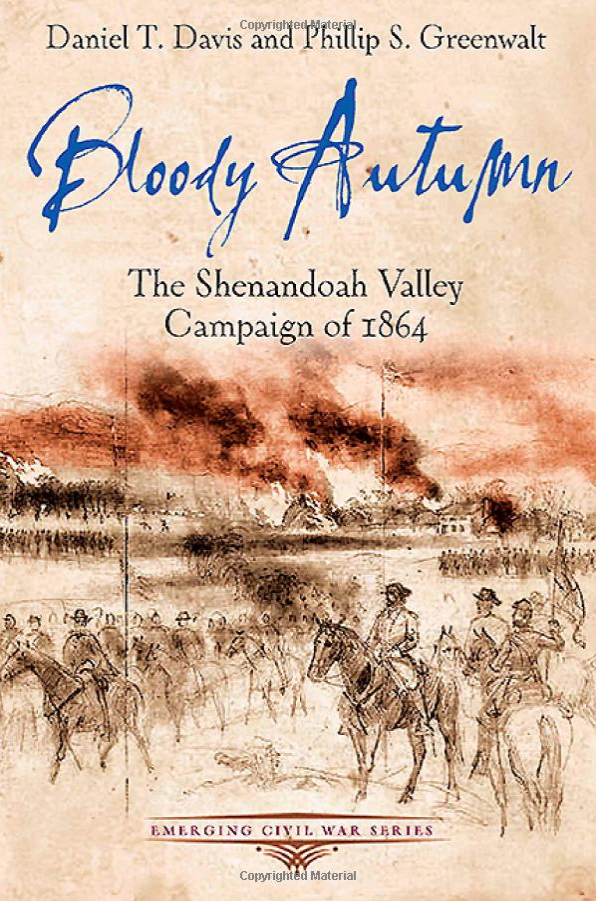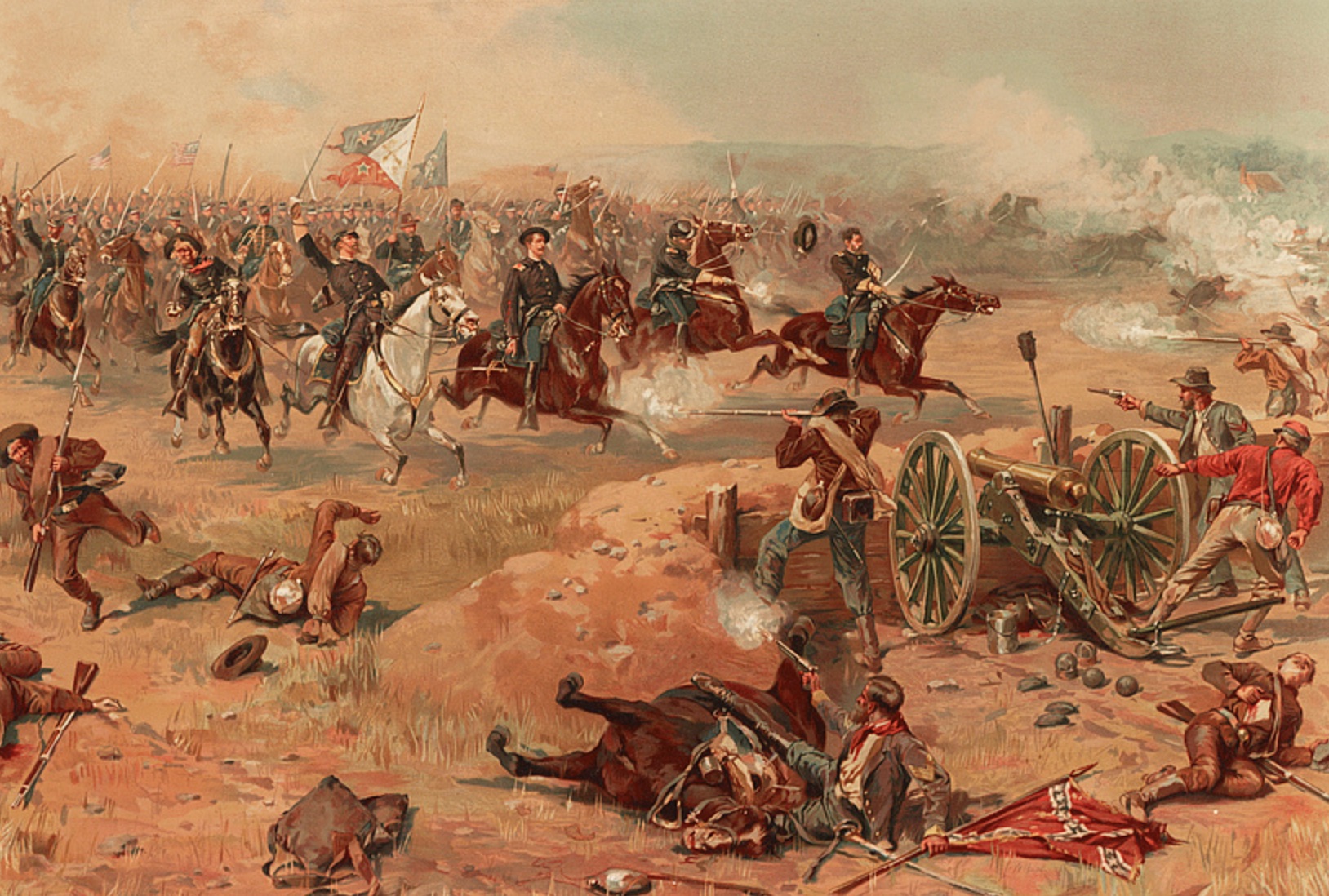
“Sheridan’s Final Charge at Winchester” by Thure de Thulstrup
For the past two decades I have been fortunate to live in the place I research and write about, the Shenandoah Valley. My scholarship over the past 20 years has explored a wide array of topics—including battles and campaigns, memory, postwar activities of Union and Confederate veterans, personalities, and the complexities of life for enslaved people and free blacks during the Civil War era in the Shenandoah Valley—that has been influenced by a robust literature of published primary and secondary sources.
Being asked to enumerate one’s top five books on the Civil War in the Shenandoah Valley is daunting. Other scholars’ lists might look quite different and perhaps include such notable volumes as Edward L. Ayers’ In the Presence of Mine Enemies (2003) and The Thin Light of Freedom (2017); Gary Gallagher’s outstanding anthologies The Shenandoah Valley Campaign of 1862 (2003) and The Shenandoah Valley Campaign of 1864 (2006); John Heatwole’s powerful The Burning(1998); excellent battle studies such as Gary Ecelbarger’s Three Days in the Shenandoah (2008); Robert K. Krick’s Conquering the Valley (1996); Scott Patchan’s The Last Battle of Winchester (2013); or Scott Mingus and Eric Wittenberg’s The Second Battle of Winchester (2016). All those books and authors being acknowledged, these volumes here are ones that have most significantly shaped my thinking about the conflict in the Shenandoah Valley, and are volumes to which I frequently return and sometimes assign to my students at Shenandoah University. Being all of equal value, they are presented in alphabetical order of their authors.
Defend the Valley: A Shenandoah Family in the Civil War (Oxford University Press, 1994)
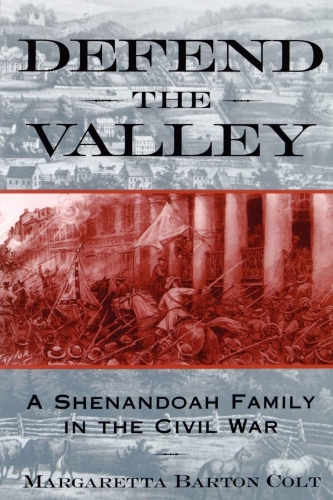
By Margaretta Barton Colt
Because its depth and breadth are without parallel, Colt’s is the only volume here that I regularly assign in my Civil War and Reconstruction class. Defend the Valley pulls together an array of primary sources from the Bartons, a Confederate family from Frederick County, Virginia. The writings of various family members reveal the extent of the war’s hardships, both in the field and on the home front, offer insight into the complexities of enslaved peoples’ lives, and reveal how combatants and civilians coped with war’s emotional traumas. The book shows how individuals regarded as enemies attempted at times to reduce war’s tragic pain in its victims, such as when Union general Philip H. Sheridan provided Christmas presents to the children of the widow Anna Barton. Her husband, Colonel Charles Marshall, had been killed in a cavalry melee on November 12, 1864, not far from the Barton family home, Springdale, located south of Kernstown. Additionally, Colt’s inclusion of postwar writings provides perspective on how some former Confederates adjusted to life in the decades after the conflict and attempted, as Randolph Barton put it, to “inculcate … love of country” in his children.
Shenandoah 1862: Stonewall Jackson’s 1862 Valley Campaign (University of North Carolina
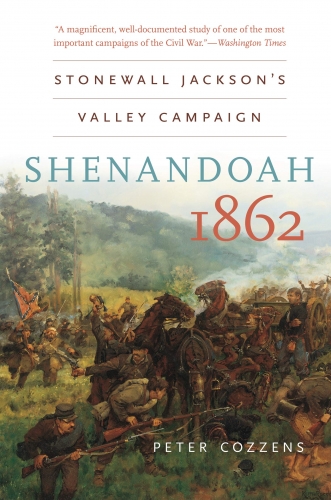 Press, 2008)
Press, 2008)By Peter Cozzens
While many fine historians—including Krick, Ecelbarger, Robert Tanner, and Brandon Beck—have written important books about aspects of Thomas J. “Stonewall” Jackson’s 1862 Valley Campaign, I regard Cozzens’ substantial volume as the best overview of the campaign that catapulted Jackson’s reputation. In addition to masterfully tracing the campaign’s evolution, describing its various engagements with precision, evenhandedly assessing the generalship of Union commanders that Jackson’s command confronted, and analyzing the campaign’s consequences, Cozzens never loses sight of how the campaign affected the Shenandoah Valley’s diverse population. Too often histories of battles and campaigns make it seem as if the movements and combat took place in some hinterland with only soldiers involved. Cozzens’ study is not only essential to understanding a portion of the conflict in the Shenandoah Valley, but is also an exemplar of how the history of military campaigns should be approached.
The Civil War Journal of Mary Greenhow Lee (Mrs. Hugh Holmes Lee) of Winchester, Virginia (Winchester-Frederick County Historical Society, 2011)
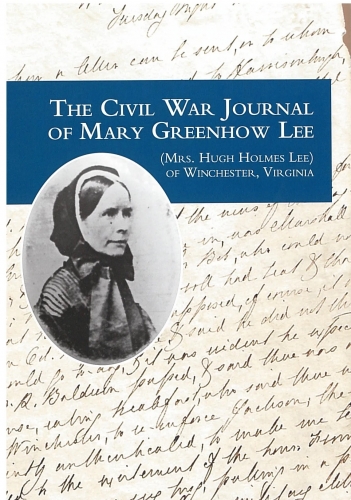
Ed. by Eloise C. Strader
On March 11, 1862, the day before Union general Nathaniel P. Banks’ army entered Winchester, Virginia, Mary Greenhow Lee began her diary. Daily for more than three years, Lee, one of Winchester’s so-called “devil diarists,” committed to paper all she observed and thought about in the oft-contested city of Winchester and its immediate environs. Her diary provides insight into the incessant military activity in the area, offers perspectives about Union and Confederate generals who spent time in Winchester, contains thoughts about political and military leadership in the Confederacy, and presents the musings of a Confederate woman on slavery and the implementation of the Emancipation Proclamation in the northern Shenandoah Valley by Union general Robert H. Milroy. Furthermore, Lee’s diary offers great insight into how a woman coped with and navigated the war’s complexities and obstacles in a border region.
With Sheridan up the Shenandoah Valley in 1864: Leaves from a Special Artist’s Sketchbook and Diary (Morningside House, Inc., 1989)
By James E. Taylor
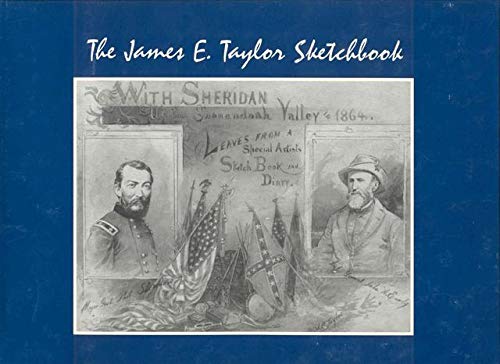
Sadly no longer in print, this book showcases the work of artist-correspondent James Taylor and is arguably one of the volumes most coveted by anyone interested in the Shenandoah Valley’s Civil War history. While the hundreds of locations Taylor sketched offer a compelling visual representation of places, moments, and people in the Shenandoah Valley, this volume’s richness as a primary source extends beyond Taylor’s magnificent artwork. Throughout the book, Taylor includes commentary about his experiences and interactions with numerous individuals, including civilians, who played important roles in Union success in the Shenandoah Valley. For example, Taylor’s encounter with Bridget Delaney, an Irish immigrant in Martinsburg, West Virginia, who offered much care to Union troops, provides valuable insight into the vital roles of the Shenandoah Valley’s Unionists and rescues the stories of individuals whose deeds in support of the Union war effort might have fallen into obscurity.
From Winchester to Cedar Creek: The Shenandoah Campaign of 1864 (Stackpole Books, 1987)
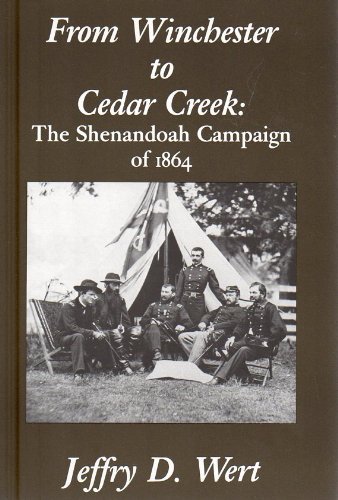
By Jeffry D. Wert
Much like with Jackson’s Valley Campaign, a host of talented historians—including Beck, Gallagher, Patchan, and Theodore C. Mahr—have explored aspects of Sheridan’s 1864 Shenandoah Campaign. Wert’s classic study remains the standard overview of the most decisive and significant campaign ever waged in the Shenandoah Valley. After providing a summary of military operations there during the spring and early summer of 1864, Wert masterfully explores the circumstances surrounding Sheridan’s appointment to command of the Army of the Shenandoah in the first week of August 1864 and addresses the enormous pressure under which he operated as the presidential election loomed. Additionally, Wert explores and analyzes the battles of Opequon (Third Battle of Winchester), Fisher’s Hill, Tom’s Brook, and Cedar Creek, and precisely recounts the various clashes between Union troops and Confederate partisan John Singleton Mosby. Finally, Wert’s study offers a compelling assessment of how Sheridan’s victories solidified the legacy of “Little Phil” and proved critical to President Abraham Lincoln’s reelection.
JONATHAN A. NOYALAS IS A HISTORY PROFESSOR AT SHENANDOAH UNIVERSITY AND THE DIRECTOR OF ITS MCCORMICK CIVIL WAR INSTITUTE. HE IS THE AUTHOR OR EDITOR OF 15 BOOKS, MOST RECENTLY SLAVERY AND FREEDOM IN THE SHENANDOAH VALLEY DURING THE CIVIL WAR ERA (UNIVERSITY PRESS OF FLORIDA, 2021).
This article appeared in the Summer 2023 issue (Vol. 13, No. 2) of The Civil War Monitor.
